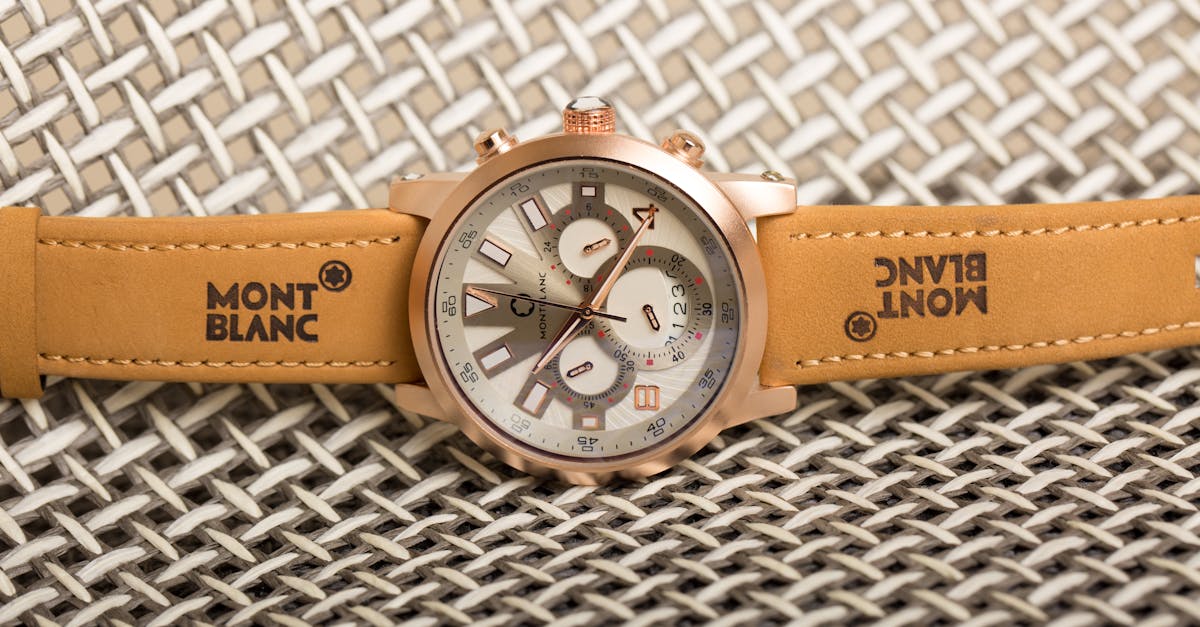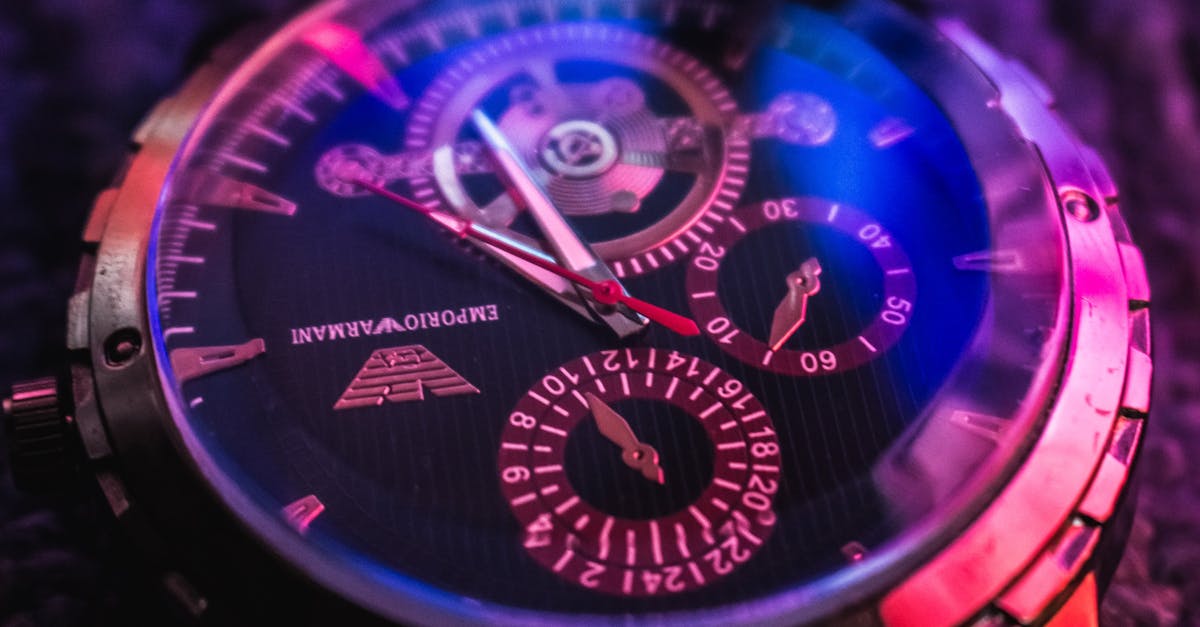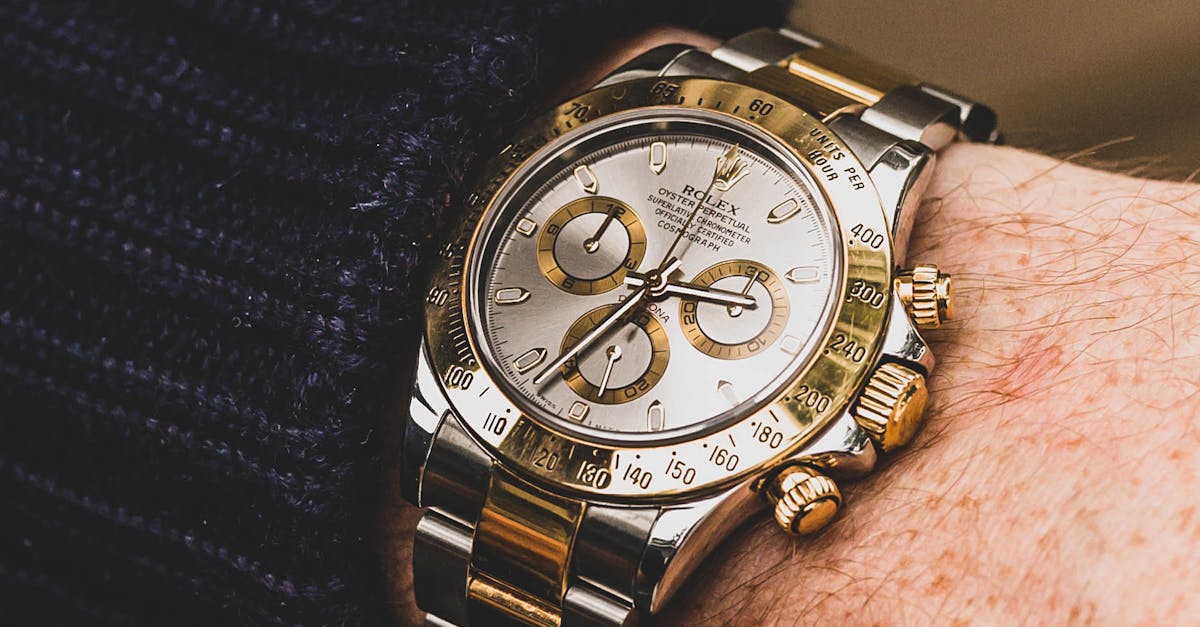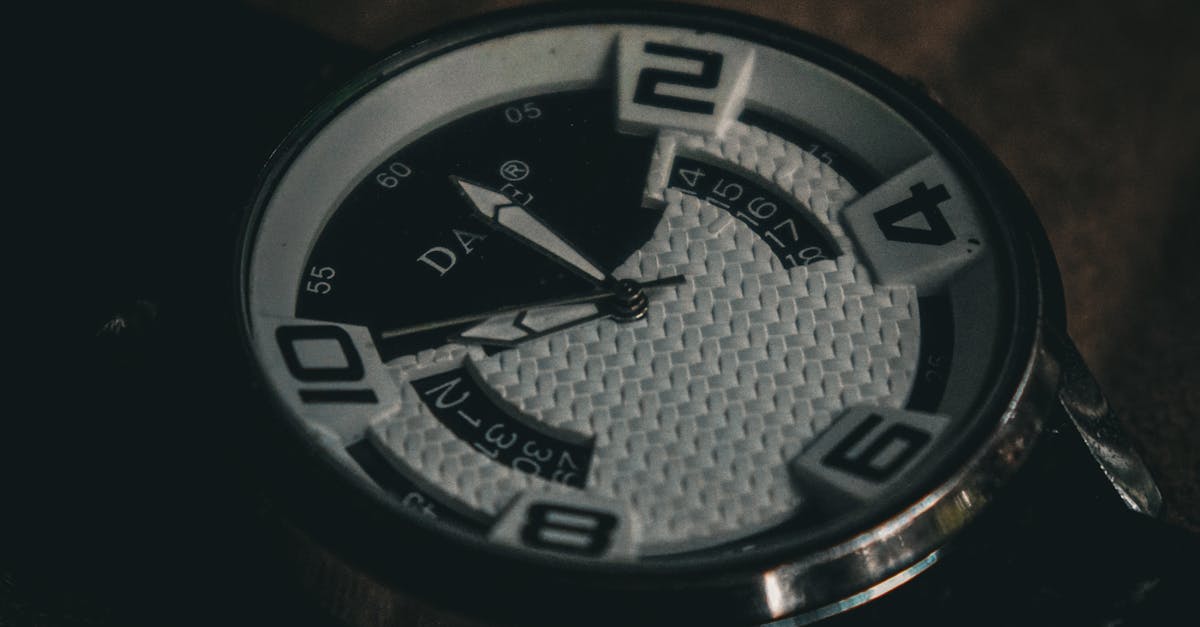The Ultimate Guide to Chronographs: Unlocking the Secrets of Precision Timekeeping
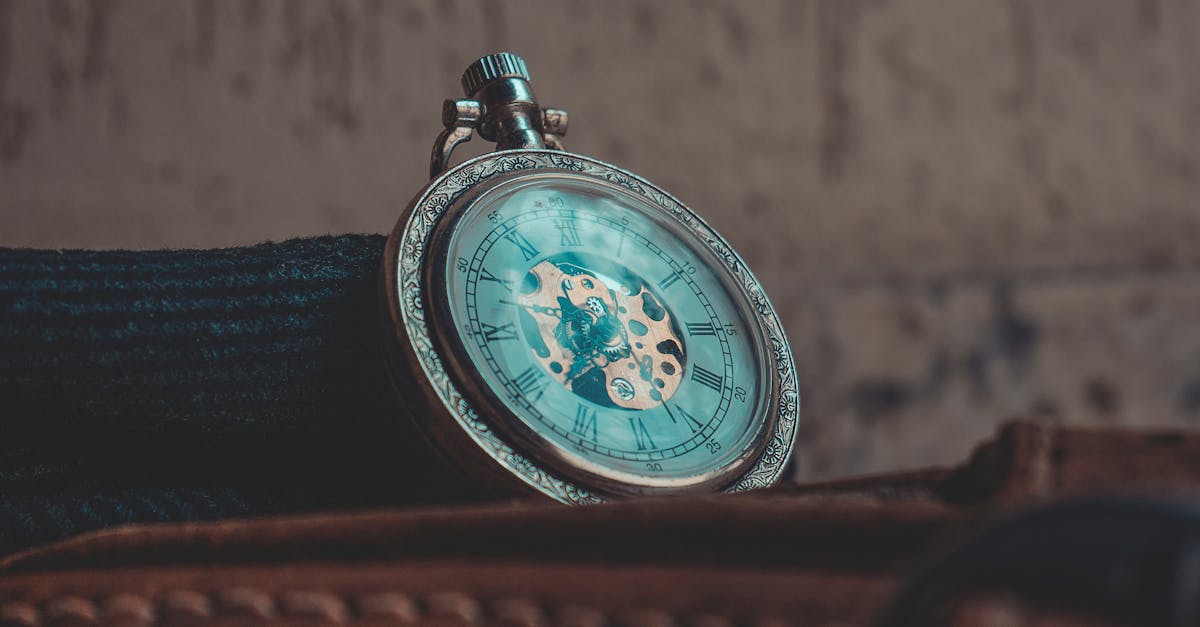
Chronographs: The Art of Precision Timekeeping
Chronographs are not just timepieces; they are instruments of precision that allow us to measure time with incredible accuracy. Whether you’re a watch enthusiast, a pilot, or a scientist, a chronograph can be an invaluable tool. And understanding how they work can only add to your appreciation of these amazing devices.
In this comprehensive guide, we’ll delve into the intricate world of chronographs. We’ll explore the history, the mechanics, and the incredible versatility of these timekeeping marvels. So sit back, relax, and prepare to be amazed by the captivating world of chronographs!
1. Chronographs: Precision Timekeeping at Your Fingertips
Chronographs: Precision Timekeeping at Your Fingertips
Chronographs are like the Swiss Army knives of the watch world. They’re not just timekeepers; they’re precision instruments that can measure elapsed time, making them indispensable tools for everything from timing races to tracking cooking times. And while they may look like regular watches, there’s a whole lot of intricate mechanics going on beneath the surface.
The key to a chronograph’s functionality lies in its pushers. These buttons, usually located on the side of the watch case, control the chronograph’s functions. Pressing the start pusher starts the chronograph, and pressing it again stops it. The reset pusher returns the chronograph’s hands to zero.
Chronographs play a vital role in the watchmaking industry. They’re often used in sports watches, pilot watches, and diving watches, where precise timekeeping is essential. And with their ability to measure elapsed time down to fractions of a second, chronographs are also popular among scientists, engineers, and anyone else who needs to measure time accurately.
2. Unveiling the Mechanism: How Chronographs Work
Unveiling the Mechanism: How Chronographs Work
Beneath the sleek exterior of a chronograph lies a world of intricate mechanics. It’s a symphony of pushers, levers, and gears, all working together to enable precise time measurement.
Let’s start with the pushers. These buttons, usually located on the side of the watch case, are the指挥家of the chronograph’s functions. Pressing the start pusher sends a signal to a lever, which in turn engages a gear train. This gear train connects to the chronograph’s hands, which start to move, measuring elapsed time.
To stop the chronograph, simply press the stop pusher. This disengages the gear train, freezing the chronograph’s hands in place. The reset pusher returns the hands to zero, ready for the next measurement.
3. A Legacy of Precision: The History of Chronographs
A Legacy of Precision: The History of Chronographs
Chronographs have a rich and fascinating history, dating back to the 18th century. Their origins lie in astronomy, where precise timekeeping was essential for navigational calculations. Early chronographs were large and cumbersome, but over time they became smaller and more portable.
In the 20th century, chronographs played a vital role in the development of aviation and sports. Pilots used chronographs to time their flights and measure their speed. Athletes used them to track their performance and improve their training. And as technology advanced, chronographs became even more precise and reliable.
Today, chronographs are used in a wide variety of applications, from sports and science to medicine and engineering. They’re a testament to the human desire for precision and accuracy, and they continue to be an essential tool for anyone who needs to measure time with confidence.
4. Beyond Measuring Time: The Versatility of Chronographs
Beyond Measuring Time: The Versatility of Chronographs
Chronographs aren’t just for measuring race times or cooking intervals. They’re also incredibly versatile tools that can be used in a wide range of fields, including medicine, science, and engineering.
In medicine, chronographs are used to measure heart rate, respiration rate, and other vital signs. They can also be used to time surgeries and other medical procedures. In science, chronographs are used to measure the speed of light, the distance to stars, and other astronomical phenomena. And in engineering, chronographs are used to measure the speed of moving objects, the force of an impact, and other mechanical properties.
The versatility of chronographs is a testament to their precision and reliability. They’re essential tools for anyone who needs to measure time accurately, regardless of the field they work in.
5. Selecting the Perfect Chronograph: A Guide for Watch Enthusiasts
Selecting the Perfect Chronograph: A Guide for Watch Enthusiasts
Choosing the right chronograph can be a daunting task, but it doesn’t have to be. By considering your needs, your style, and your budget, you can find the perfect chronograph that will meet your every need.
Functionality: First, consider what you’ll be using your chronograph for. If you need it for precise timekeeping, you’ll want to look for a chronograph with a high-quality movement and a clear, easy-to-read dial. If you’re planning on using your chronograph for sports or other activities, you’ll want to choose a model that’s durable and water-resistant.
Design: Chronographs come in a wide range of styles, from classic to modern. Choose a design that you love and that will complement your personal style. Consider the size of the watch, the shape of the case, and the type of band.
Personal Preferences: Ultimately, the best chronograph for you is the one that you love. Consider your personal preferences when making your decision. Do you prefer a traditional mechanical chronograph or a modern quartz chronograph? Do you want a chronograph with a lot of features or a moreシンプルmodel? By taking the time to consider your needs and preferences, you can find the perfect chronograph that will be a treasured companion for years to come.
6. Preserving Time’s Precision: Maintaining and Servicing Chronographs
Preserving Time’s Precision: Maintaining and Servicing Chronographs
Chronographs are precision instruments, and like all precision instruments, they require regular maintenance and servicing to ensure optimal performance and longevity. Here are a few tips to help you keep your chronograph in top condition:
-
Clean your chronograph regularly. Use a soft, damp cloth to wipe down the case and bracelet. Avoid using harsh chemicals or abrasive cleaners, as these can damage the finish of your watch.
-
Get your chronograph serviced every few years. A qualified watchmaker can clean the movement, lubricate the parts, and adjust the timing. Regular servicing will help to keep your chronograph running accurately and prevent costly repairs down the road.
-
Avoid exposing your chronograph to extreme temperatures. Chronographs are designed to operate within a certain temperature range. Exposing your chronograph to extreme heat or cold can damage the movement and other components.
-
Don’t try to repair your chronograph yourself. Chronographs are complex instruments, and attempting to repair them yourself can do more harm than good. If your chronograph needs to be repaired, take it to a qualified watchmaker.
Quiz: Test Your Chronograph Knowledge
-
True or False: Chronographs can only measure elapsed time.
-
Which of the following is NOT a component of a chronograph’s mechanism?
a) Pushers
b) Levers
c) Gears
d) Battery
-
What is the primary use of a chronograph in medicine?
a) Measuring heart rate
b) Timing surgeries
c) Monitoring blood pressure
d) All of the above
-
Which field was instrumental in the early development of chronographs?
a) Aviation
b) Sports
c) Astronomy
d) Medicine
-
What is the most important factor to consider when choosing a chronograph?
a) Functionality
b) Design
c) Brand
d) Price
Answer Key
- False
- d)
- d)
- c)
- a)

